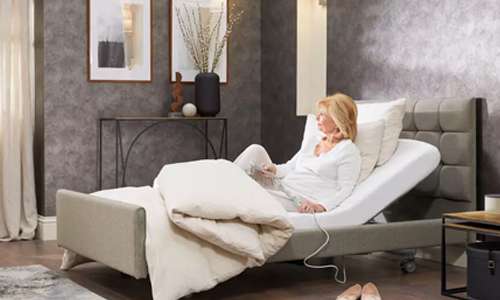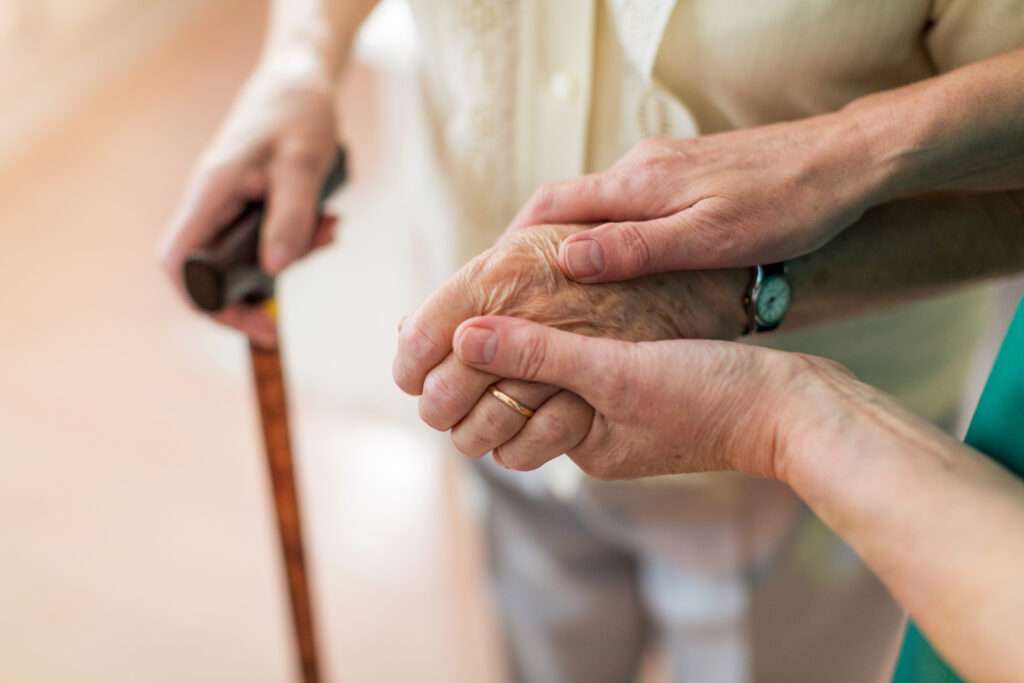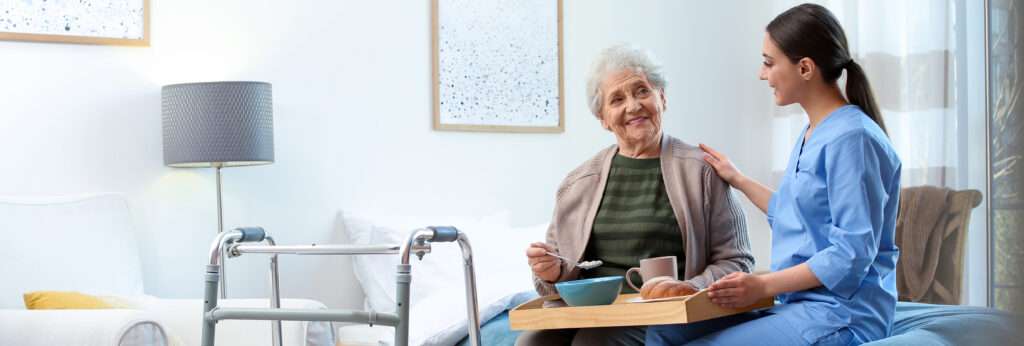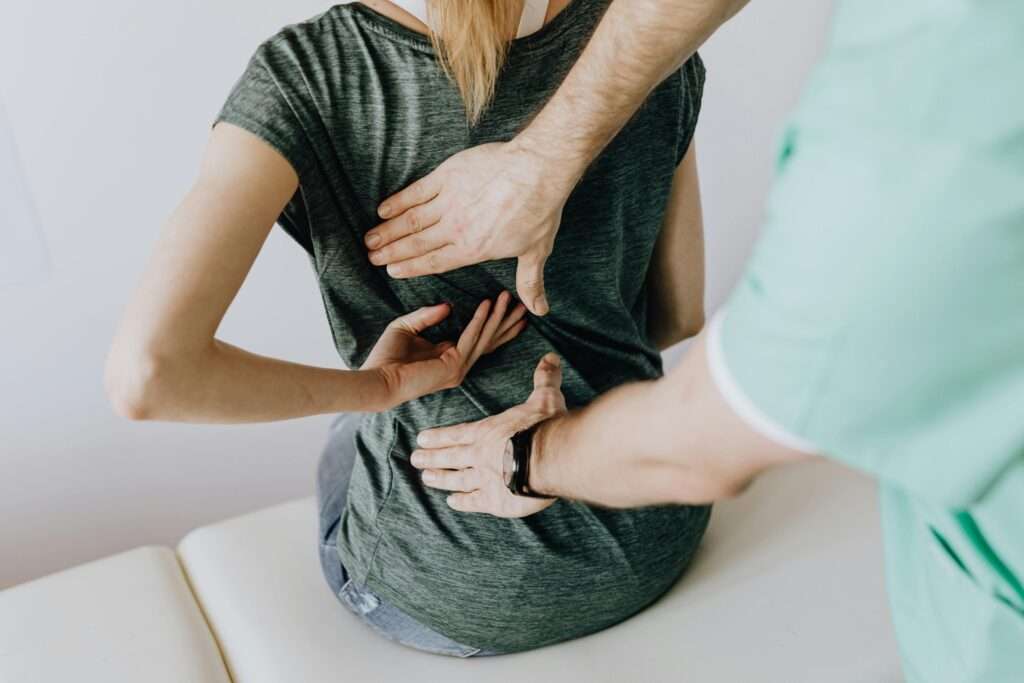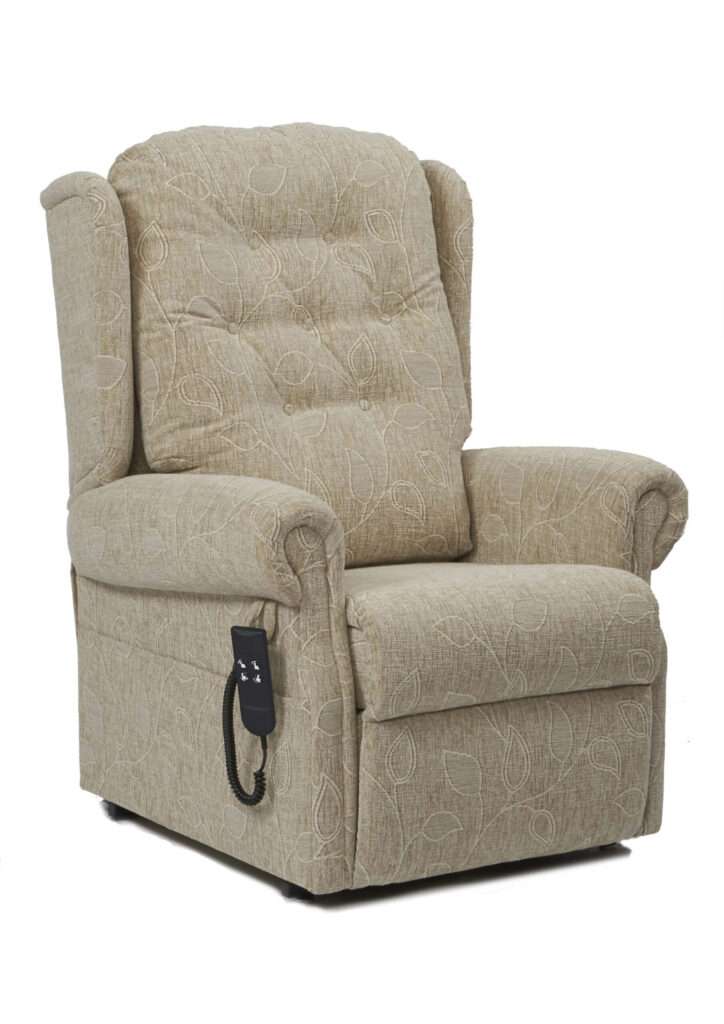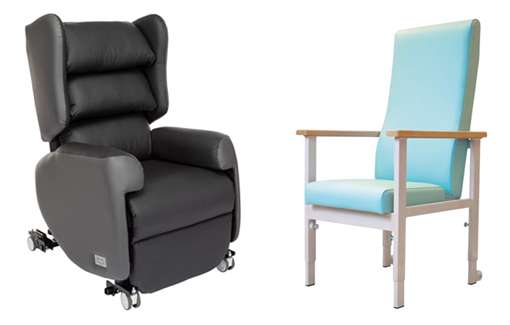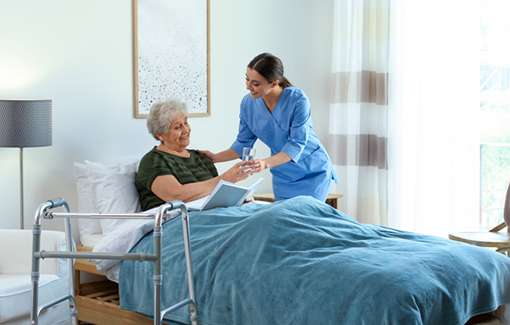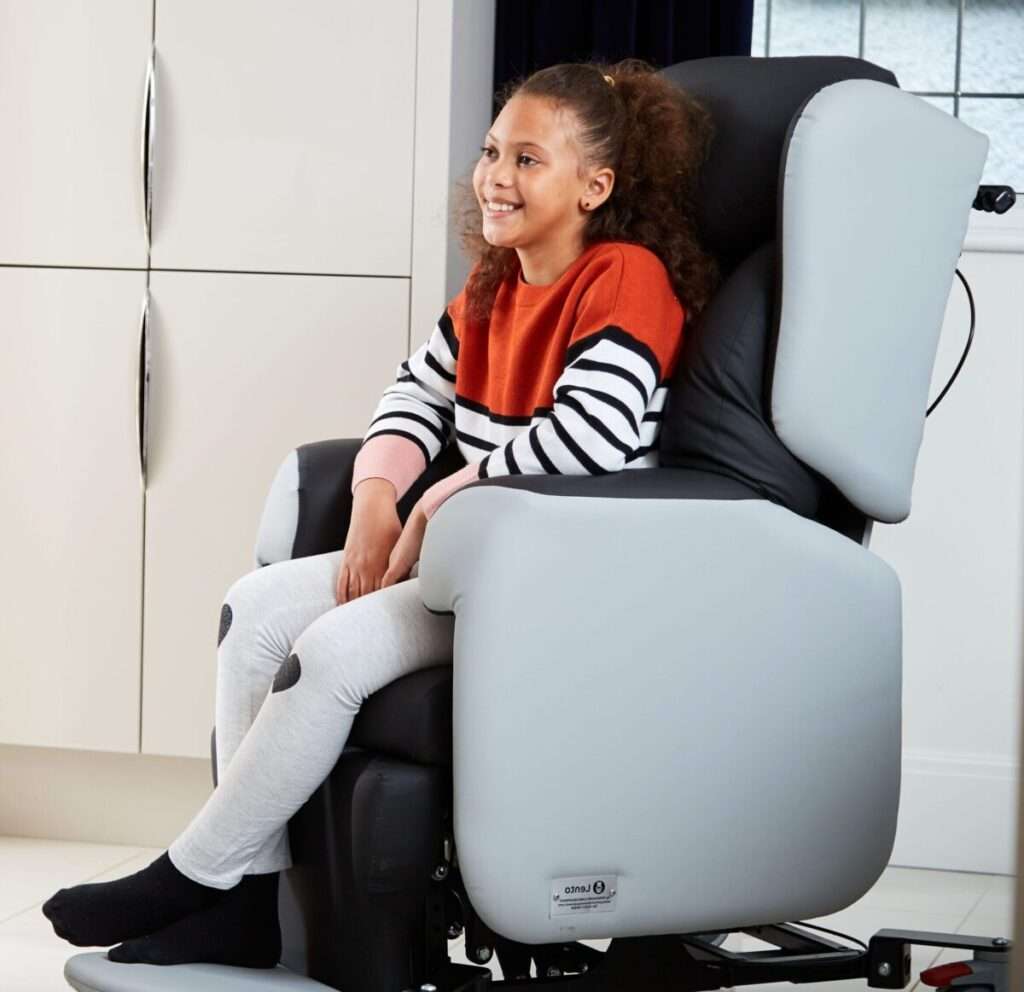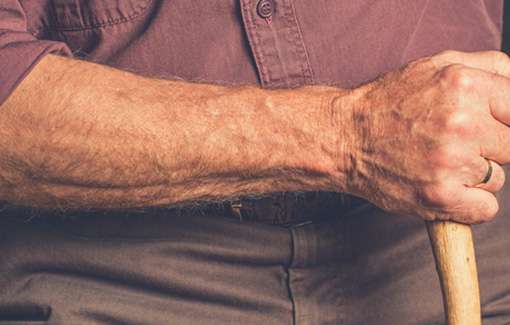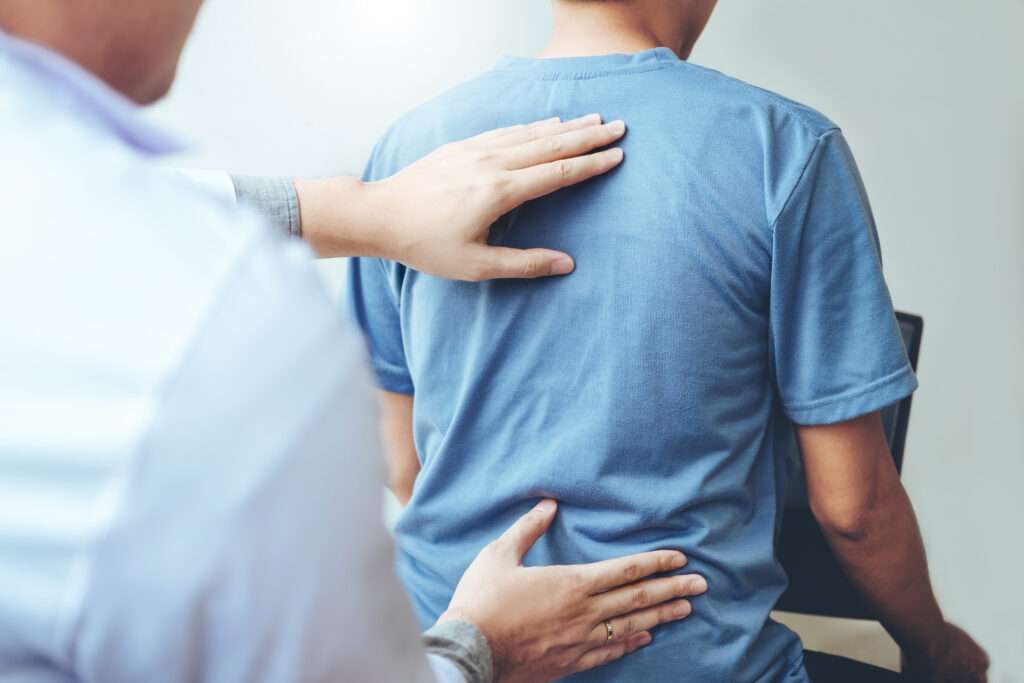Falling out of bed can cause serious injuries and can really affect a person’s confidence — particularly in elderly people and people with disabilities. But it can easily be avoided with the right tools.
Here are a few things that should help to prevent elderly people from falling out of bed.
Jump straight to…
Why do people fall out of bed?
Falls from bed are fairly common among elderly people for numerous reasons.
If someone has reduced mobility and strength, then understandably they are more prone to falling out of bed on a night. Likewise, if they have had a stroke or surgery or anything debilitating, it’s a lot easier to fall out of bed because you simply can’t stop yourself.
Certain medications can also have an impact on your quality of sleep and cause strange dreams. This kind of restless sleep can also cause people to fall out of bed.
People with dementia are also more prone to falls due to confusion and compromised perception.
Using positioning supports to prevent falls from bed
One key way that you can prevent falling out of bed is by using positioning supports and cushions to create a barrier at the edge of the bed. You could use wedges or cylindrical tube-shaped cushions to make it more difficult to fall out of bed.
This can provide a simple reminder to the person that they are near the edge of the bed and need to move into the middle. It is also much harder to roll over and fall out of bed.
Height-Adustable & Low beds help to reduce injury
Whilst they don’t prevent falls from happening, low-level beds have also been developed to minimise any injuries that could be caused by falling out of bed. There is, of course, the option to have siderails on these beds, which will again make it more difficult to fall out.
But if you team a low bed with fallout mats, then you are reducing the chance of injury even more. The idea is that if you fall out of bed, the mats will cushion the blow and reduce impact.
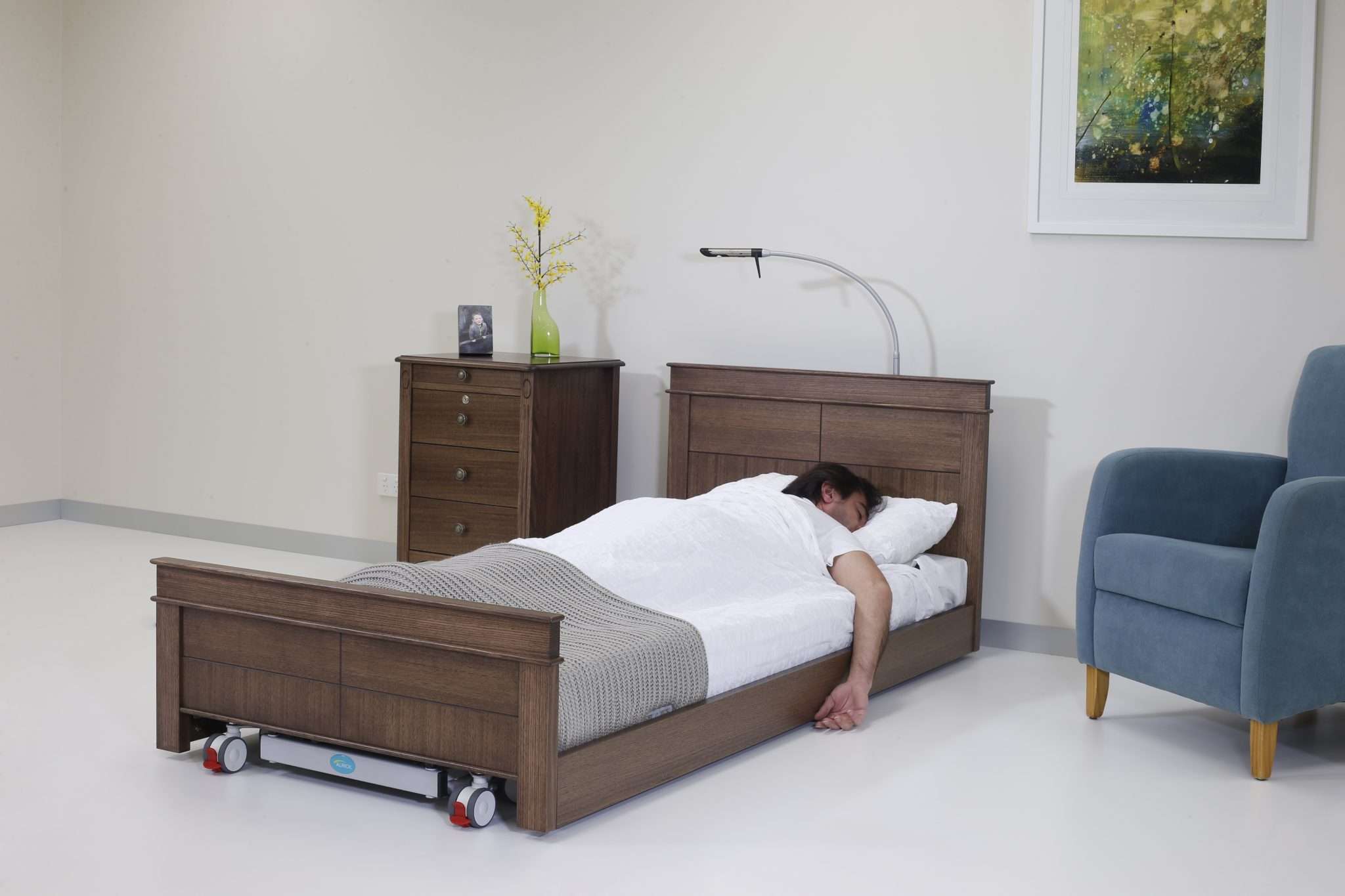
Here you can see an ultralow bed. When used with fallout mats, it will significantly reduce any injuries that might be caused by falling out of bed.
Siderails to stop falls from bed
Beds with siderails will also help to prevent falling out of bed. This solution is a bit more permanent.
Siderails are attached at either side of the bed and act as a bigger barrier to people who are prone to falling out of bed. They can usually be put up and taken down when needed, which makes it easier to get in and out of bed.
One particular bed range that offers built-in bedrails is the Yorks 755 Range. These siderails will protect you from rolling out of bed.
But we do understand that bedrails can look and feel a bit cold and clinical. This can be really distressing for people with dementia if they feel imprisoned or trapped, and it might actually lead them trying to climb over the rails.
In that case, we would recommend the Liberta bed. The Liberta has built-in mesh sidepanels that can slide up and down to whatever height you want.
The mesh material also makes it much easier for people to see through and understand their surroundings a bit more. This is particularly beneficial in keeping distressed people calm and preventing them from falling out of bed.
Beds that help you stand up
Whilst many people fall out of bed when they’re asleep, there are other ways that falls can occur. One key time when elderly people are most vulnerable to falls is when they are standing up from the bed itself.
The Parnell Premier Bed Rail can be fixed to the side of your bed to give you something to hold on to when you need it. Alternatively, you can attach siderails to practically any bed with the Castle Adjustable Cotsides.
One thing in particular that has been designed specifically for this movement is the Turning Bed. Just as it sounds, the Turning Bed actually rotates to help the person stand up.
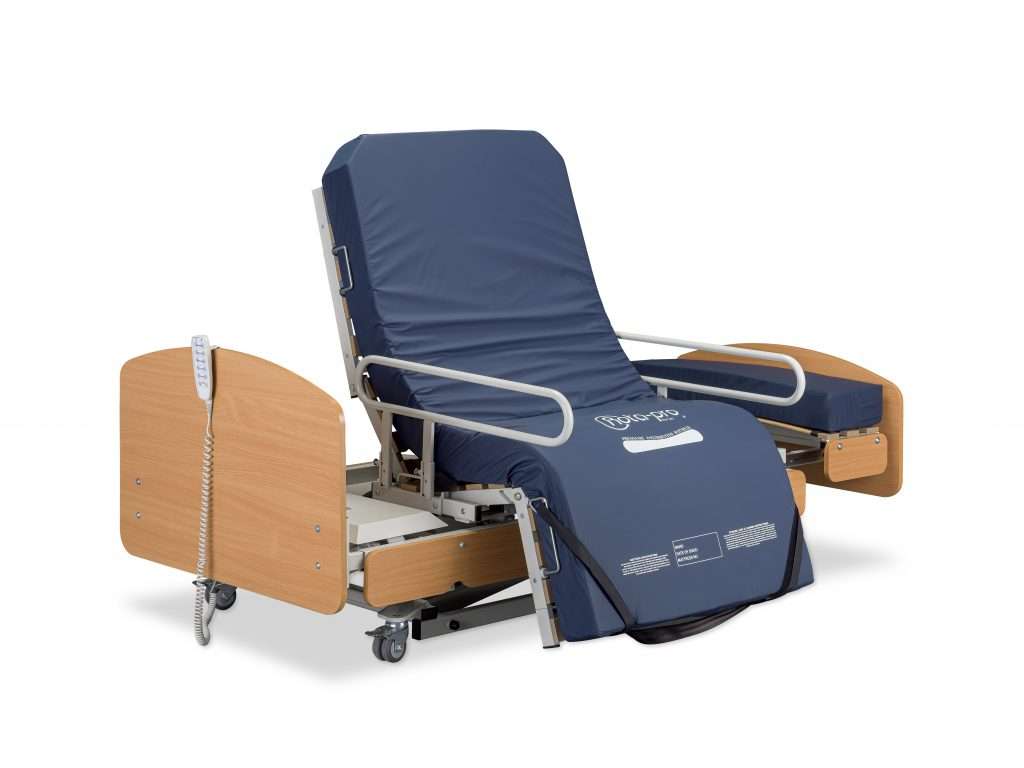
The mattress itself is profiled to a seated position, and the platform then rotates so that your legs are over the side of the bed. This helps you stand up in your own time with support around you and reduces the chance of falling out of bed.
Helping someone that has fallen out of bed
Investing in the right safety equipment will massively reduce the risk of a fall from the bed. Unfortunately, there’s no way to 100% guarantee an individual will never fall. For people who become easily agitated or have mobility impairments, there will always be some risk.
As well as working to prevent falls, you must be prepared for how to help someone if they do fall out of bed.
The Raizer Emergency Lifting Chair is specially designed to assist someone who has fallen. You simply build the chair around the person then use the controls to gently rise them back to their feet. The whole process takes under a minute and there’s no dangerous manual lifting required.
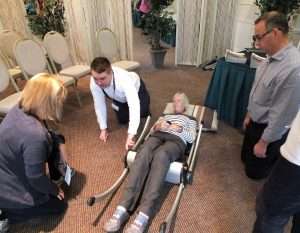
Summary
Preventing falls from beds are simple if you have the correct equipment. You can help people to stay safe and well by putting these safety aids in place. However, even with precautions in place, it is important to have a plan for how to help someone if they do fall out of bed.
If you need any more information or are interested in a product then get in touch with our team either by calling 01423 799960 or fill out the form below!
Error: Contact form not found.





